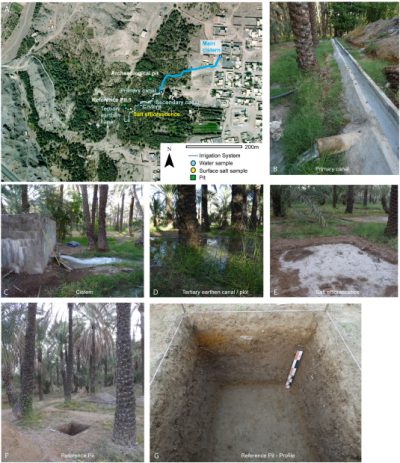Source : https://doi.org/10.1080/14614103.2025.2586268
This paper presents a novel paleo-environmental reconstruction of the Razelm-Golovița lagoon system, focusing on the harbours and navigation conditions of the Greek Archaic settlements of Orgame and Caraburun-Acic Suat. By analyzing three new sedimentary cores, we examine the Late Holocene evolution of the lagoon system, shedding light on previously unexplored aspects of navigation and accessibility. Our findings show that the settlements were positioned along a naturally protected shallow lagoon, which effectively functioned as a natural anchorage, influenced by the flow of the Dunavăț branch, the main distributary of the Danube in Antiquity. While Orgame maintained access to the sea via inlets in the Periteașca littoral spit, Caraburun-Acic Suat remained isolated from the sea due to the Zmeica and Lupilor coastal ridges. Additionally, our reconstruction of the paleo-water column suggests that Bisericuța island may have served as a trans-shipment hub or outer harbour, facilitating the transfer of goods from river mouths or the open sea to smaller draft vessels suitable for navigating the lagoon’s shallow waters.



